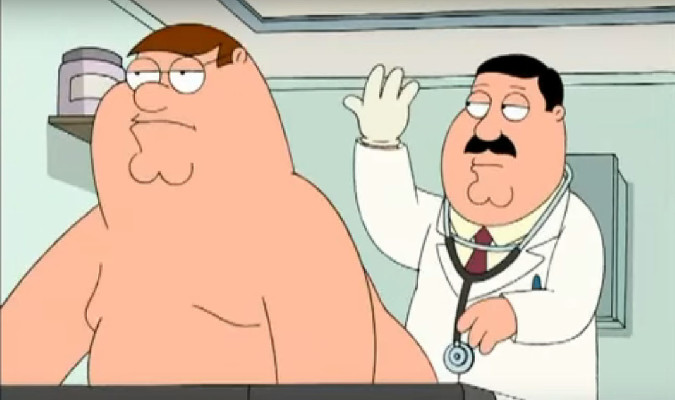
We are in the thick of Movember, and there’s one important thing we need to discuss: going in for regular physical check up’s on a regular basis. Yes, even and especially, a prostate exam. We get it—seeing a doctor is not anyone’s favorite activity. Because the idea of letting someone get too close to your nether regions while you’re in a cold exam room with a medical gown is a daunting thought for, well, any man. So we’re here to break down some common myths. Let’s break down the facts about what it’s really like as well as why it’s so important. There’s not need to “Fear the Rear” and here’s why.
Myth #1: The only way to get tested is with a physical exam
Actually there are two different tests that doctors will give depending on the patient and their medical history.
The physical screening, a digital rectal exam or DRE. A doctor uses a gloved, lubricated finger to examine the lower rectum. This is where the prostate is located. The doctor feels for any abnormalities (lumps, enlarged gland, etc). The doctor performs the exam without any medication (sorry guys). Why? Because it’s generally not painful and only takes a few minutes.
The other method is a blood test called a prostate-specific antigen test or PSA. The doctors draws a sample of blood. Then a lab measures the levels of levels of PSA in your blood. High PSA levels can signal a problem like an enlarged, infected prostate or cancer. Some men with prostate cancer can have low levels of PSA. This can also bea sign of other medical issues if men are overweight or obese. As a result, a second blood test may be needed.
Myth #2: If you have prostate cancer nothing can be done to fix it
Early screening results in early detection and treatment. The men who really benefit from the test are as young as 40. If a PSA test suggests cancer, early detection often leads to being cured of it.
Myth #3: Prostate cancer is disease for old men
It’s actually the most common cancer diagnosed among men. As a result, it can’t just be viejos who are getting it. The majority of men diagnosed with the disease are over 65 years old, however, 35% of men are in their early 40s when they learn they’ve got prostate cancer. And guess what? A family history of the disease among your own clan increase your risk. Although only 1 in 10,000 men under age 40 will be diagnosed, the rate skyrockets up to 1 in 38 for ages 40 to 59. Once you turn 40 years old talk to your doctor about screenings. By the age of 45 all men sin falta get tested annually.
Myth #4: I don’t have any symptoms. So I must not have prostate cancer.
Wrong. Prostate cancer is one of the most asymptomatic cancers out there. So not all men experience symptoms. Many times symptoms are mistaken or attributed to something else. Signs of the disease are often first detected by a doctor during a routine check-up.
Your takeaway…
The first step in dealing effectively with prostate cancer? Know the facts and eliminate confusion. Recent studies have shown that lifestyle choices such as maintaining a healthy diet. Regular exercise also plays a pivotal role in reducing your risk. Something as simple as walking 30 minutes a day can increase survival rate. Don’t “Fear the Rear” ‘LLEROs your life depends on it!
